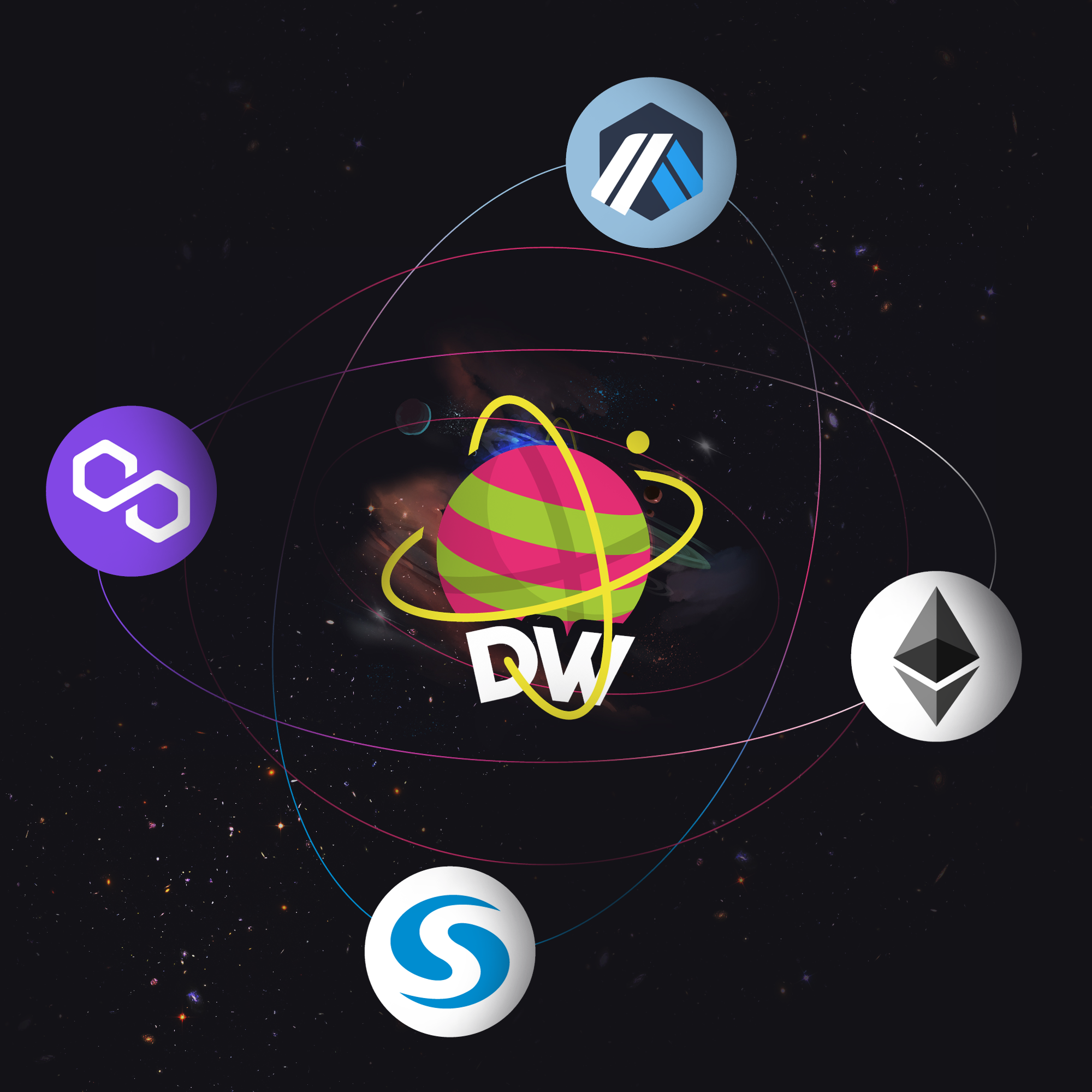
INFRASTRUCTURE
WHY MULTICHAIN?
Interoperability will be at the heart of the DystoWorld ecosystem. To facilitate this, we’ll operate with a multi-chain model, beginning with Ethereum and Polygon but with plans to expand beyond in the future. Here are our reasons for believing a multi-chain model is the best fit for DystoWorld -
- Having a hybrid blockchain model, beginning with Ethereum and Polygon, allows us to utilize the lower network fees of Polygon with the broad reach of Ethereum.
- EVM and Solidity are the most widely-used and documented programming languages. We can make use of these to reduce development costs and increase outreach to new, talented developers, with easy access to the broad documentation.
- Matic, as opposed to other EVM based chains, has an easier to reach team and a better overall response time regarding any issues that might arise.
- Ethereum is the biggest blockchain for NFT activity, usage, and value.
Single-network projects have their own benefits, but by using both Matic and Ethereum we can get the best of both worlds: The ease of implementing smart contracts in Solidity; the speed and low fees of Polygon's proof-of-stake, and also from the value that digital goods have when residing on Ethereum.



